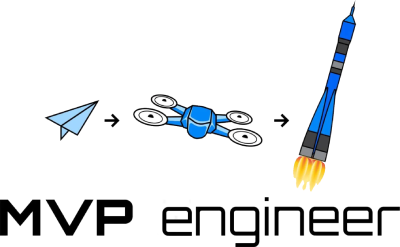
The year is 1996. My third grade teacher has five brand new Dell computers and is teaching the advanced math students Logo, an education programming language. I draw lines, turn the cursor, and draw more lines. I figure out how to draw stars with two commands FD (forward) and RT (right turn). fd 50 rt 160 fd 50 rt 160…. After this novelty wears off, Mrs. Dennis challenges me to draw a circle. I think for a minute and type in the obvious solution. fd 1 rt 1 fd 1 rt 1 fd 1. Before copying and pasting, I test it out. The computer draws a straight line. What! This is supposed to be the start of a circle. Discouraged, I ask what went wrong. She explains that I'm on the right track, but the pixels are too big, so three will look straight until there are more. There's a solution to copy pasting, and it's called a loop. Now I type repeat 360 [ fd 1 rt 1 ]. The slow Dell cranks for 500ms and a circle appears. Eureka!
This first composition showed me the multiplicative power of computers, and I've been gripped ever since. I still feel the frustration of the computer drawing a straight line when I want a curve, but now I know there's some insight I'm missing that when discovered will shift my perspective and magnify my impact. Just like that first loop did decades ago.
I chose the "do learn" ethos of Olin College of Engineering, with a reputation for user centric, pragmatic engineers. My professional training continued at Google where I built from scratch the iPhone app for Zagat. I wrote new paths for Docker builds on Google Cloud Platform. I moved to smaller companies, recently, a principal engineer at Rho Business Banking, where I architected the top priority for the company, treasury transactions on an append only ledger.
This training has brought me to a business where I can live my passion. Creating impact for entrepreneurs by simplifying their tech. Business owners who want to test a hypothesis. I love technology and solving problems, but it's always a means to an end. Maximizing the essential metric (bottom line, user signups, social impact). This is an obvious goal, but the way to get there requires clarity of purpose, stripping out all the fluff. I wait until absolutely necessary to build the boilerplate that ties an app together. The first thing is to build the interfaces and backend systems that prove (or disprove) the value prop. This gets you to an answer quicker and cheaper, but few engineers are willing to be so minimalist.
Software complexity grows quickly, and to be purposeful in your MVP build, you need a technology partner with unique clarity. Reach out if you think I'm a fit for you.

